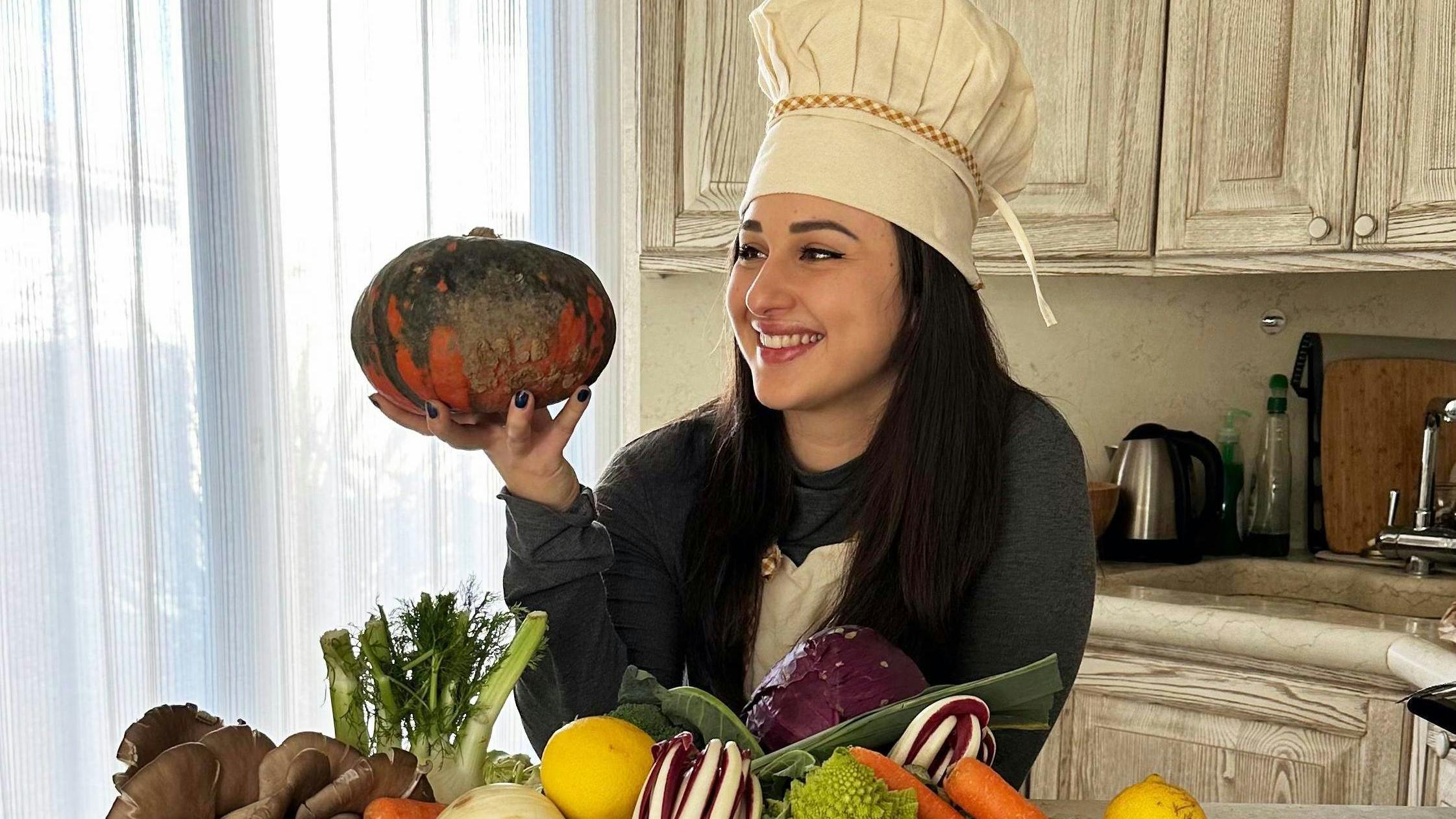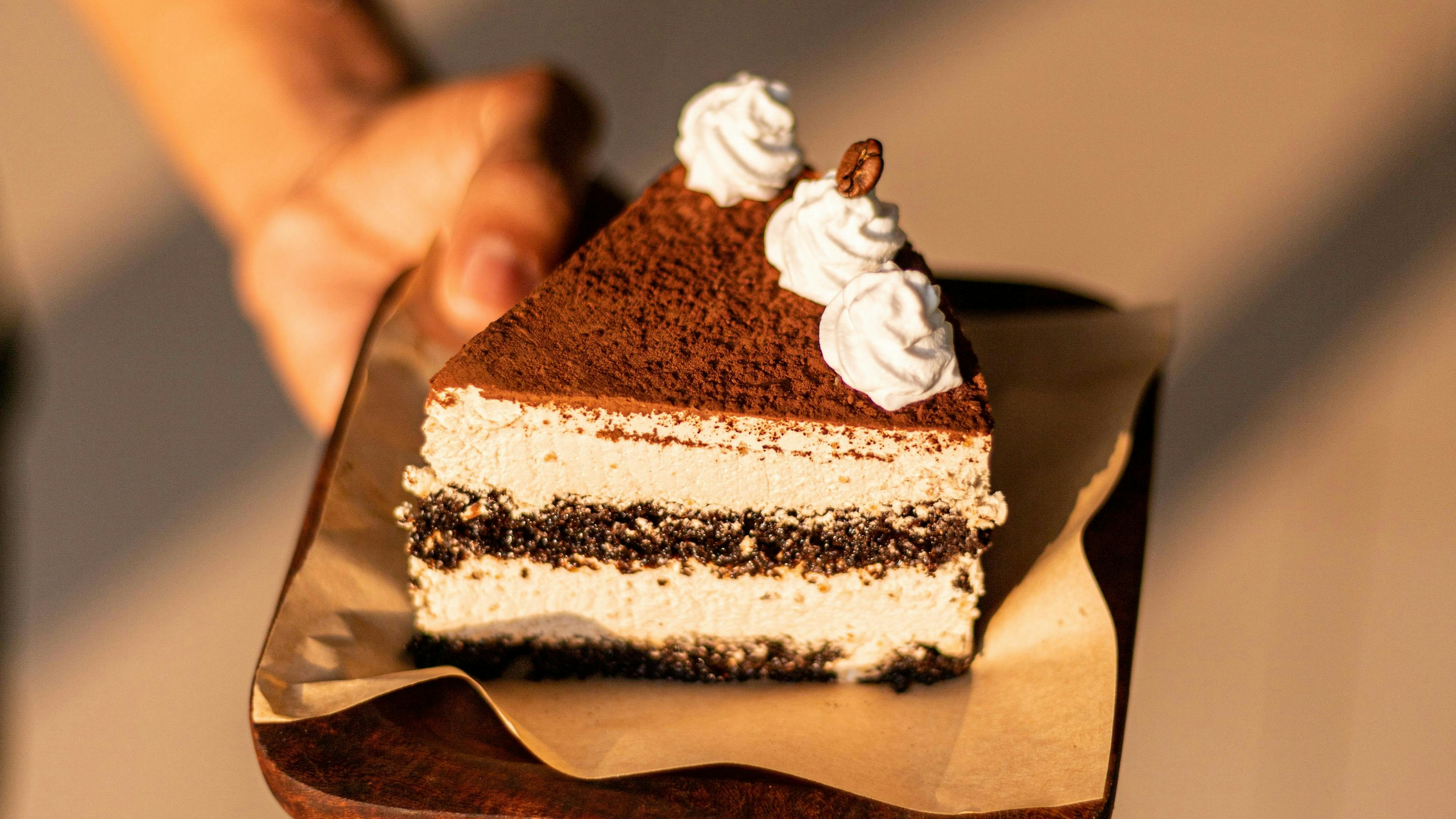

In this special space, we are excited to welcome the new Cesarine who have just joined our Community. Every month, we will discover together who they are, where they come from, how they found out about the Community, and the special stories and recipes they bring with them. It’s a wonderful opportunity to celebrate the beauty of Italian cuisine together.
Today, we introduce Cesarina Sara directly from Peschiera del Garda. With great enthusiasm, Sara answered the questions in our interview, which you can read below.


How did your passion for Italian cuisine begin?
My passion for cooking has deep roots that go all the way back to my childhood. I started cooking when I was very young—something I shared with my dad, and which quickly became a fun and meaningful pastime.
You should know that I’ve long been involved in organizations focused on sustainability and education. I’ve always been aware of the environmental impact of meat and animal products, and for this reason, I’ve always tried to limit their consumption.
In 2022, however, after watching Dominion, a documentary about the meat industry, I decided to eliminate all animal products from my diet entirely. From that moment on, I began reinventing traditional recipes, eventually turning this passion into a real profession.
How did you discover the Cesarine community?
I first heard about this Community through word of mouth. I learned about it thanks to my mother-in-law, who lives in Verona and is a Cesarina herself. I remember that, at first, I used to help her with translations when she hosted foreign guests. At the time, though, I wasn’t working in the food industry yet—I was only helping with the language side of things.
What do you like most about being part of this community?
I've always been very excited by the idea of meeting people from different countries and backgrounds. I’m drawn to the opportunity to share my time with them and to pass on my passion for cooking.
What is your favorite recipe?
My favorite recipe is tiramisu, which I’ve reinvented in a vegan version. I’m deeply attached to it because it was the first dessert I learned to make as a child, together with my parents. It has always been my favorite sweet treat. Then, in 2022, I felt the need to recreate the recipe in a vegan way, and I’m very happy to have managed to develop a version without cheese or eggs that tastes incredibly good and remarkably close to the traditional one made with animal products.

Vegan is the new green: a conscious choice between ethics, health, and the environment
The term “vegan” was coined in 1944 by Donald Watson, founder of the Vegan Society, with the intention of defining a lifestyle that respects all forms of life. Veganism promotes a lifestyle that completely excludes all foods derived from the animal kingdom. In recent years, vegan cuisine has experienced steady growth, transforming into an increasingly popular and appreciated food trend globally. This growth is not an isolated phenomenon, but rather the result of a complex interplay of factors that are driving an ever-growing number of people to adopt a diet free from animal products—meaning no meat, fish, dairy, eggs, or honey. These motivations generally range from health to ethics, and even to environmental sustainability, reflecting the awareness of the implications of one’s food choices both on a personal and environmental level.
Compared to animal farming, veganism has a significantly lower environmental impact, resulting in reduced greenhouse gas emissions and a more sustainable use of water and land. Choosing a plant-based diet is thus seen as a concrete contribution that an individual can make toward reducing their ecological footprint, in favor of a more sustainable and planet-respecting food system.
Adopting a vegan diet, therefore, means embracing a more sustainable, ethical, and mindful approach to our relationship with food and the environment.


Vegan tiramisu: Italian tradition in a plant-based version
Tiramisu, the famous Italian dessert loved around the world and a symbol of togetherness, now presents itself in an innovative form: vegan tiramisu.
Who says you need eggs and mascarpone to enjoy a good tiramisu? Even one of the most iconic desserts of Italian tradition can be reinterpreted in a 100% plant-based version without compromising on flavor.
This vegan version, while excluding all animal-derived ingredients, retains the same deliciousness and ability to satisfy the palate that made tiramisu famous.
More than just a simple recipe, vegan tiramisu is a tribute to Italian culinary tradition reimagined with creativity and a focus on the future. It’s proof that vegan cuisine can be surprisingly creative and delicious, making it perfect for every occasion, from casual dinners to Sunday afternoon snacks.

Vegan tiramisu
Vegan tiramisu is a 100% plant-based reinterpretation of the classic Italian dessert, blending tradition and innovation without sacrificing flavor
Ingredients
- Custard Cream:
- 200 ml of plant-based milk (soy, oat, almond, etc.)
20 g of cornstarch (or all-purpose flour)
30 g of sugar
Zest of 1/4 of a small lemon (only the yellow part)
A pinch of turmeric (for color)
25 ml of Marsala wine - Vegan "Mascarpone" Cream:
- 250 ml of plant-based whipping cream (very cold)
- 80 ml of aquafaba (optional but recommended)
- 3 g of cream of tartar
- 3 ml of lemon juice
- 1/2 teaspoon of vanilla extract (or a pinch if using vanilla bean/powder)
- 40 g of powdered sugar
- Tiramisu Assembly:
- Vegan ladyfinger biscuits (or other similar biscuits)
- Moka coffee (cooled)
- Unsweetened cocoa powder (for decoration)
Method
For the Custard Cream:
- In a small saucepan, combine the plant-based milk, cornstarch, sugar, lemon zest, and turmeric.
- Place over heat and stir until the cream thickens and reaches a boil.
- Add the Marsala and let it cook for a couple of minutes to allow the alcohol to evaporate.
- Pour the cream into a bowl, cover with plastic wrap directly on the surface, and let it cool.
For the Vegan "Mascarpone" Cream:
- Whip the plant-based cream until stiff peaks form.
- (Optional) In another bowl, whip the cold aquafaba; add the cream of tartar and a few drops of lemon juice, then continue whipping for about 10 minutes until it reaches stiff peaks.
- Add the vanilla and sifted powdered sugar to the whipped cream.
- Gently fold in the whipped aquafaba (if you made it), using delicate bottom-to-top movements.
- Finally, add the sifted egg-free custard cream and mix gently.
For Assembling the Tiramisu:
- Prepare the coffee and let it cool.
- Quickly dip the biscuits in the coffee and arrange them at the bottom of a baking dish.
- Cover with a layer of cream.
- Continue alternating layers of biscuits and cream until everything is used up.
- Dust the surface with sifted unsweetened cocoa powder.
- Let it rest in the fridge for at least 4 hours (overnight is best).